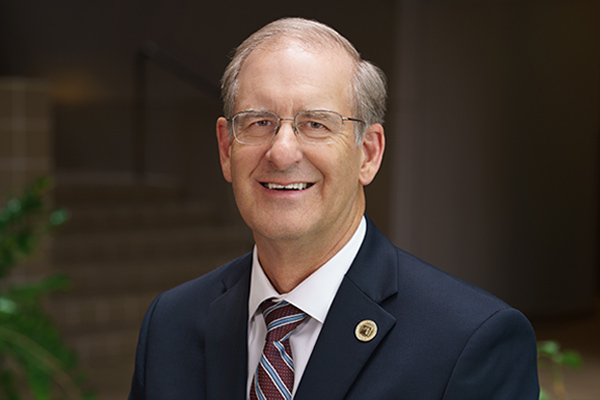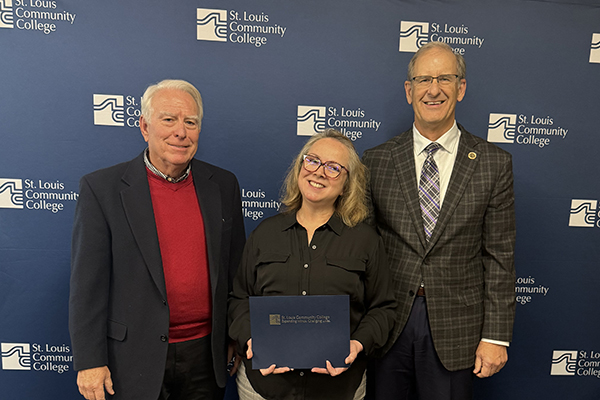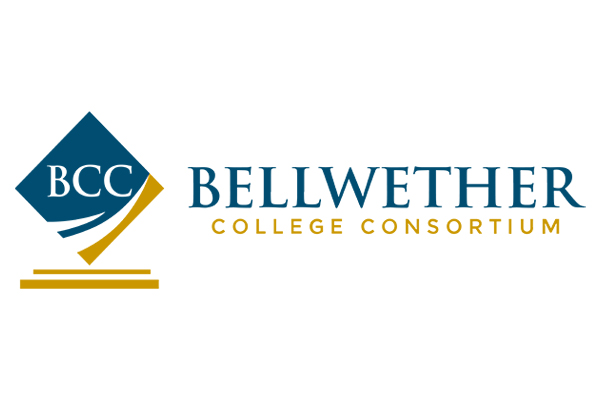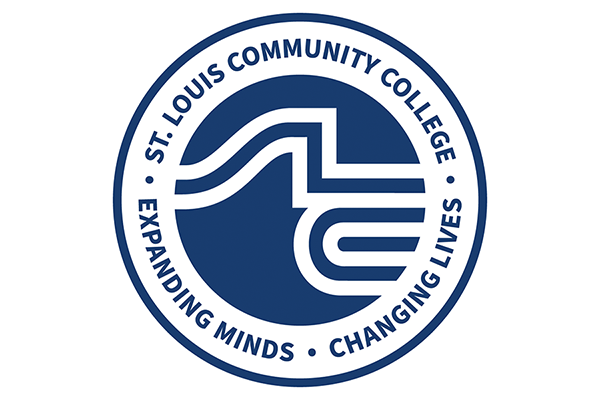STLCC Health Care Plan Named Bellwether Finalist
January 29, 2024
Posted by STLCC in News Resources
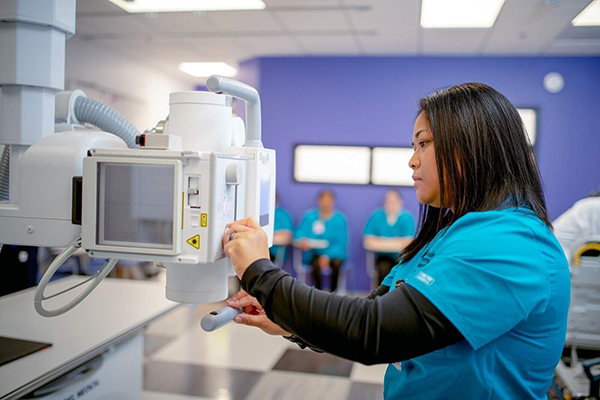
A multi-year strategic plan designed to assist in meeting the ongoing healthcare workforce needs in the St. Louis region has been named a finalist for the 2024 Bellwether Award.
“Show-Me Synergy: Growing the Healthcare Workforce in St. Louis,” led by St. Louis Community College’s health sciences division, is one of the finalists for the prestigious Bellwether Award in the Workforce Development category. The awards will be presented during the Community College Futures Assembly Feb. 25-27 in San Antonio, Texas.
The Bellwether Awards annually recognize outstanding and innovative programs and practices
that are successfully leading community colleges into the future. Winners and finalists
are invited to join the prestigious Bellwether College Consortium.
The award in the Workforce Development category recognizes public and/or private strategic
alliances and partnerships that promote community and economic development.
The Problem and Solution
In a 2023 report compiled by the Missouri Hospital Association, staff nursing vacancies reached 17.4%. Overall, Missouri had 33,178 nurses working in hospitals and 6,982 vacant staff nurse positions, according to the report. In the St. Louis region, the staff registered nurse vacancy rate is reported to be 18.4%, with 3,116 vacant positions.
“To help close the gap in the nursing workforce, in 2017 we began a multi-year strategic plan to address the region's ongoing healthcare workforce needs in collaboration with employers in the area to address high-demand occupations in both nursing and the health sciences,” said William Hubble, STLCC’s district division dean of health sciences.
The first step was to address the severe shortage of registered nurses in the region by:
- Expanding the associate degree in nursing program capacity across the three largest campuses and open a new location at the Wildwood campus.
- Promoting student success.
- Increasing the overall number of successful nursing program graduates.
After successfully petitioning the Missouri State Board of Nursing to approve a fourth location at Wildwood and increasing enrollment capacity from 440 to 768 nursing students, STLCC was able to eliminate the waiting list for nursing, which had grown to over two years in 2018.
To ensure that STLCC was adequately preparing students and promoting their success in the nursing program, the College has addressed personal barriers, such as tuition assistance, testing accommodations, resources, etc. Donations from alumni (for student tuition assistance), program policy changes, in-services from testing, support from student access representatives, and continual updates regarding federal regulations on student rights have all been incorporated. The four-semester student retention rate in nursing has increased from 41.5% in the 2018 academic year to 59.2% in the 2023 academic year. During that same time period, the six-semester retention rate increased from 61% to 76.9%. The underrepresented nursing student population also has increased from 45.5% in 2019 to 46.3% in 2023.
With the continued growth in enrollments at 38% (over the past five years) and a significant increase in graduates (from 154 in 2018 to 235 in 2023), STLCC’s average pass rate on the National Council Licensure Examination has remained high at 91.4% (over the past five years), significantly higher than the state and national minimum standard of 80 percent.https://www.nclex.com/passing-standard.page
The Results
With the goal of workforce development at the forefront, STLCC began working with local healthcare partners to explore additional opportunities, most notably with the formation of a collaborative “Earn While you Learn” model. This workforce model is designed to encourage employees of the hospital to pursue a degree in nursing while remaining a hospital employee, offer mentorship, logistical support and tuition funding to students while they are enrolled and completing the nursing program at STLCC.
“The Missouri Hospital Association greatly appreciates the more than decade-long partnership we’ve had with St. Louis Community College to develop the healthcare workforce,” said Jill Williams, MHA’s vice president of workforce development. “The College has continually approached the workforce needs of the St. Louis metropolitan hospitals with innovative thinking and enthusiastic solutions. This collaboration has helped address some the hospitals’ most challenging hiring and retention issues. With healthcare as the largest employment sector in St. Louis, it’s another example of the College’s forward thinking and innovative approach.”
Hubble noted that clinical partners have since seen a notable increase in their workers’ commitment to stay with their respective entities upon graduation.
“This has had the additional effect of developing a more meaningful new graduate nurse experience,” Hubble said. “Students report feeling supported, more familiar with their surroundings and working environment, and overall, more prepared than their counterparts who did not opt for a comparable opportunity.”
Additionally, STLCC has successfully gained financial support of over $150 million from local taxpayers, the state of Missouri, and the federal government to construct new buildings to house growing and high-demand programs. Through STLCC Transformed, the College is building new centers for nursing and health sciences at Florissant Valley and Wildwood. The addition of these buildings will also add new healthcare programs and create additional pathways that will help to further diminish any wait lists for high demand nursing and health sciences programs.
“The successes we have witnessed with this program have taught us that community colleges cannot meet the healthcare workforce needs without collaboration and support from others. To replicate the success of this program, an institution must have strong support from its academic leaders, faculty, clinical partners, state leaders, accrediting bodies, and the community-at-large,” Hubble said. “Demonstrating success with measurable outcomes has resulted in support for additional resources from multiple external sources. In addition to meeting the health care needs of the community, we realize our results are essential to economic development in our region.”

